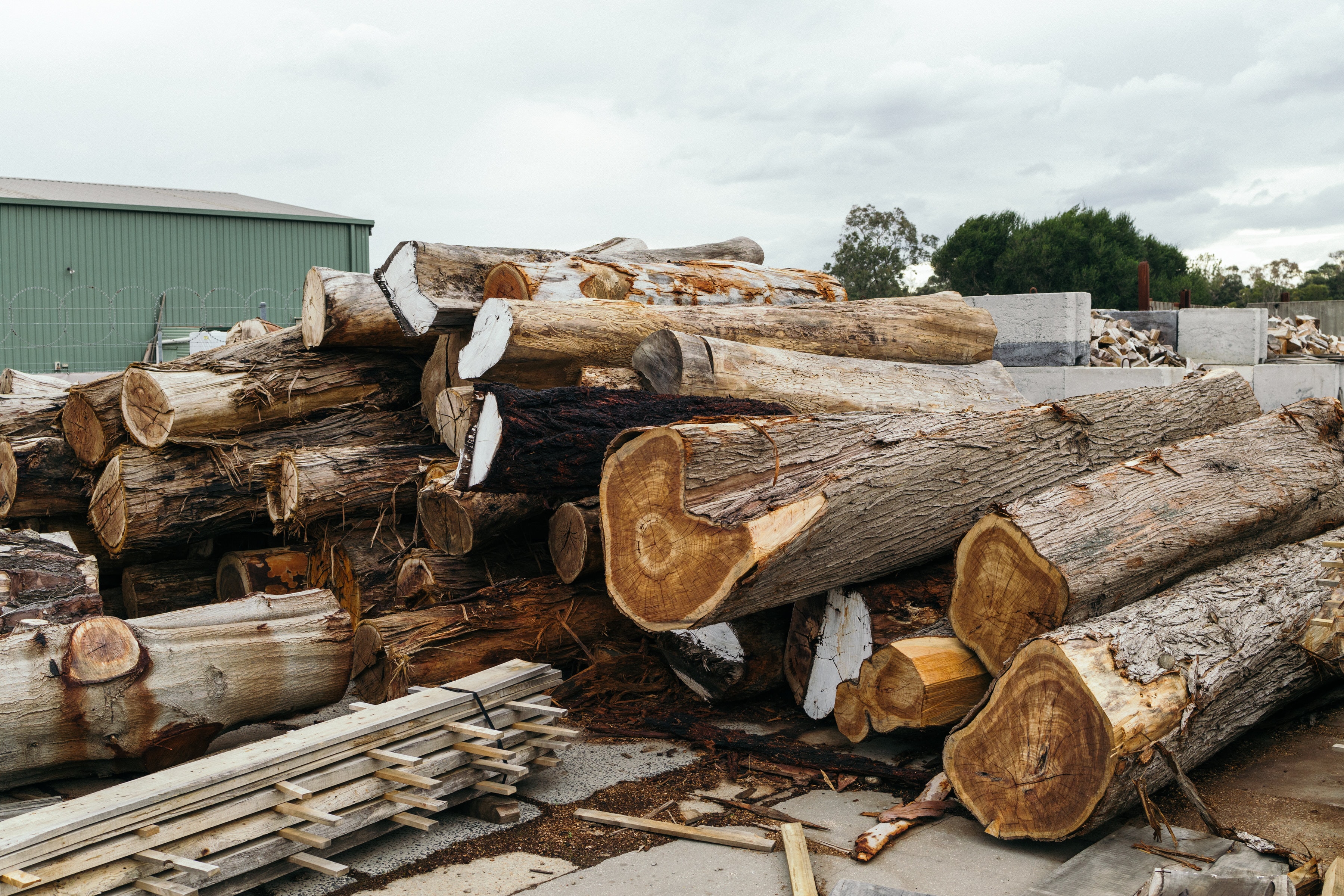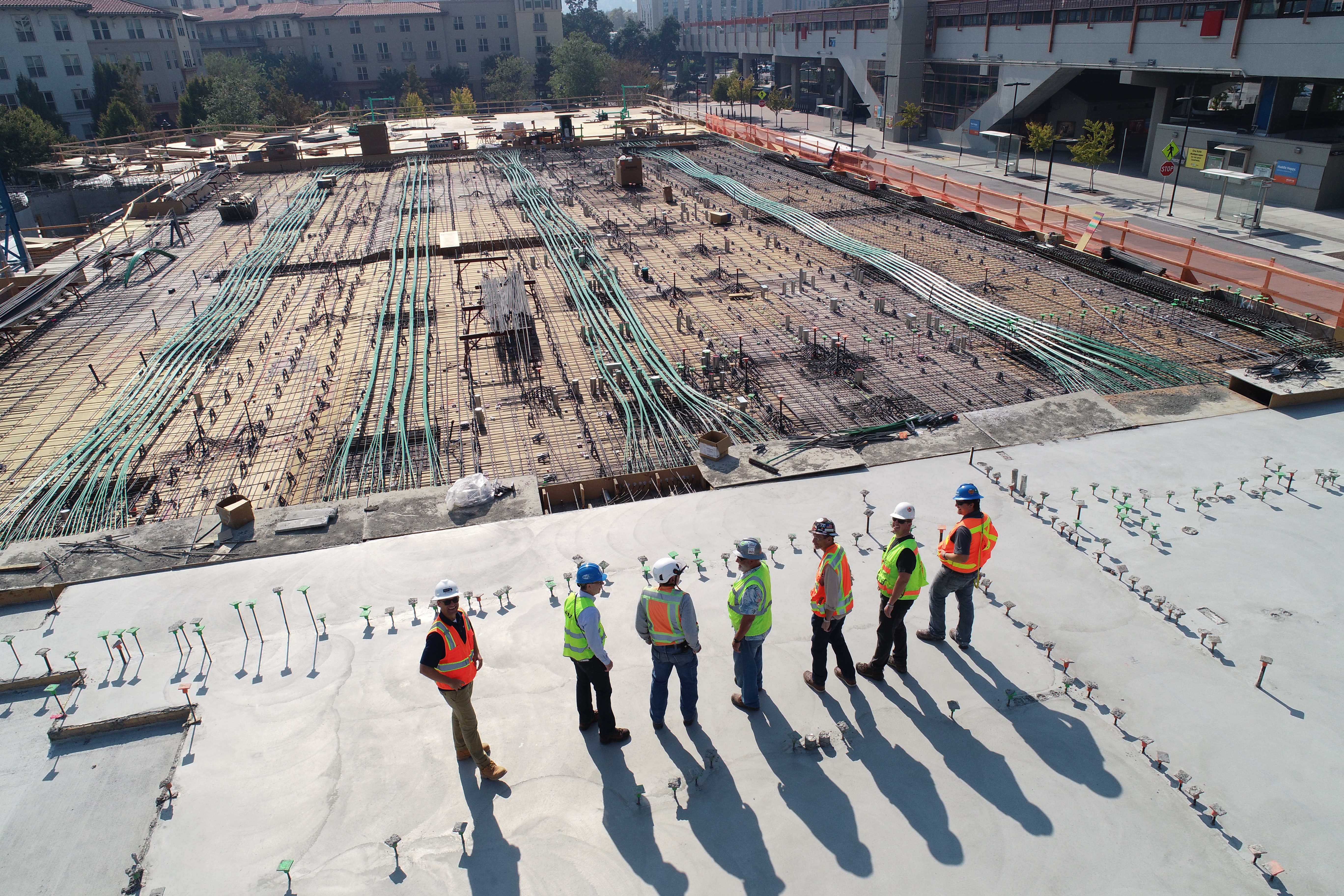Since 2020, the construction industry has been hit by a double blow.
Increasing costs of building materials, combined with labour shortages, has led to delays and disruption to many projects.
A report by RICS shows that in November 2021 the cost of construction materials hit a 40 year high. And a press release from the London Mayor’s office showed that over the course of 2021, construction materials for new housing rose a total of 21%.
On the labour shortages side, the press release also showed that nearly a quarter of construction firms reported a shortage of skilled workers, with vacancies reaching their highest level since 2001.
And all of this is having an impact on delivery – construction output fell every month from April to October 2021.
What’s caused the rise in construction costs?
As with many things, there’s no single reason why we’ve seen such a price hike in building materials.
There’s a number of interlocking factors which have caused this rise:
- Increased global demand due to the pandemic – a post-lockdown boom resulted in lots of projects starting at once and in turn, putting a strain on resources.
- Brexit – we are still reliant on imports from the EU for a lot of our construction materials, but there have been some increased costs since Brexit. Data from the ONS shows that in a recent survey, 14.4% of construction firms reported extra costs in the processing of imported goods and services and 13.7% reported additional transportation costs.
- Rising energy prices – the global fuel crisis has increased costs across the production chain, ultimately ending in a higher end price for developers.
There’s also a few specific reasons why certain materials became even more expensive.
- Timber
Timber saw a massive rise in the year up to September 2021, increasing 79.4%.
Not only is timber at the mercy of all the other factors we mentioned above, it’s further exacerbated by the rate at which demand is outstripping local supply at the moment. Log export bans from countries like Russia are putting even more pressure on supply.
In the UK, we are significantly behind our tree planting target of 30,000 hectares of trees a year by 2024.
New commercial forests could help support the demand for timber – but they remain controversial. There’re concerns relating to mono-culture plantations and the impact they could have on biodiversity – not to mention the often complex Government standards relating to land use.

- Steel
As a result of rising energy costs, British Steel have added a temporary surcharge of £30 per tonne to the cost of structural steel.
- Bricks and tiles
Volatility in the brick market has led to extensive delays and price increases for pre-ordering these materials. However, new brick-making factories are expected to open in the next two years which could help lower prices and fulfill demand.
There’s also long-term lead times on roof tiles. Suppliers have had to hike up their prices to cover their bottom line and protect against cash flow issues.
And what about labour shortages?
There’s two main schools of thought when looking at the reasons why there have been labour shortages in the UK.
Firstly, high demand is resulting in construction workers being stretched too thin.
The post-lockdown boom freed the pent up tides of construction and resulted in lots of projects starting, or restarting, simultaneously with not enough skilled labour to fuel them all.
Some developers are even losing skilled workers from their large projects to go and work on extensions, conversions or smaller projects as they can afford to pay more “per brick”.
Brexit is the second big reason that has been cited as causing labour shortages. There are new administrative hoops that EU workers now have to jump through to get visas in the UK. And these have deterred many skilled labourers from coming back over to work on building sites.
The validity of both arguments is strong, but it’s likely the combination of these two factors which have created a perfect storm for the construction industry.

How could it play out in the near future?
The current situation in Ukraine is causing more uncertainty about what the future may hold.
It’s possible that the war, and the resulting sanctions put in place against Russia, could cause further ramifications for the building material supply chain and global construction trade.
This is particularly in terms of the increase in energy prices, rather than the availability of these materials – but both could be impacted.
The Mayor of London, Sadiq Khan, is hoping to put in place a “Coronavirus Recovery Visa”. Hopefully, this plan will combat the shortage of construction workers, by allowing them to work for at least 12 months in the UK.
High house prices are currently balancing out the costs developers are currently paying for construction materials and increased labour costs. But if the housing market slows, will it be possible to sustain the prices currently being paid for imported goods like timber, steel and brick? Or will there have to be more local innovation and production?
New materials making their way into the mainstream could be the answer to alleviating the stress on the current construction supply chain.
It could be worth looking into these new and surprising options:
- Bio-plastics – former waste products leveraged to make building materials that sequester carbon
- Hemp rebar – a potential alternative to the steel currently used to support concrete
- Loofah bricks – a building brick made from loofah sponge that enables more biodiversity
These unusual alternatives may seem slightly out of your comfort zone, but they could be a good way of future-proofing supply and providing more sustainable homes.
We’d love to hear from you about your experience and whether any of your developments have been impacted. Please drop me a message in Community and share your insights.
Shannon is a Community Content Specialist at LandTech. Her marketing skills started young, when she designed the logo for her primary school (which they still use today). In fact, she's so persuasive, she once convinced John Bishop to give up his seat on a train (first class, no less).

